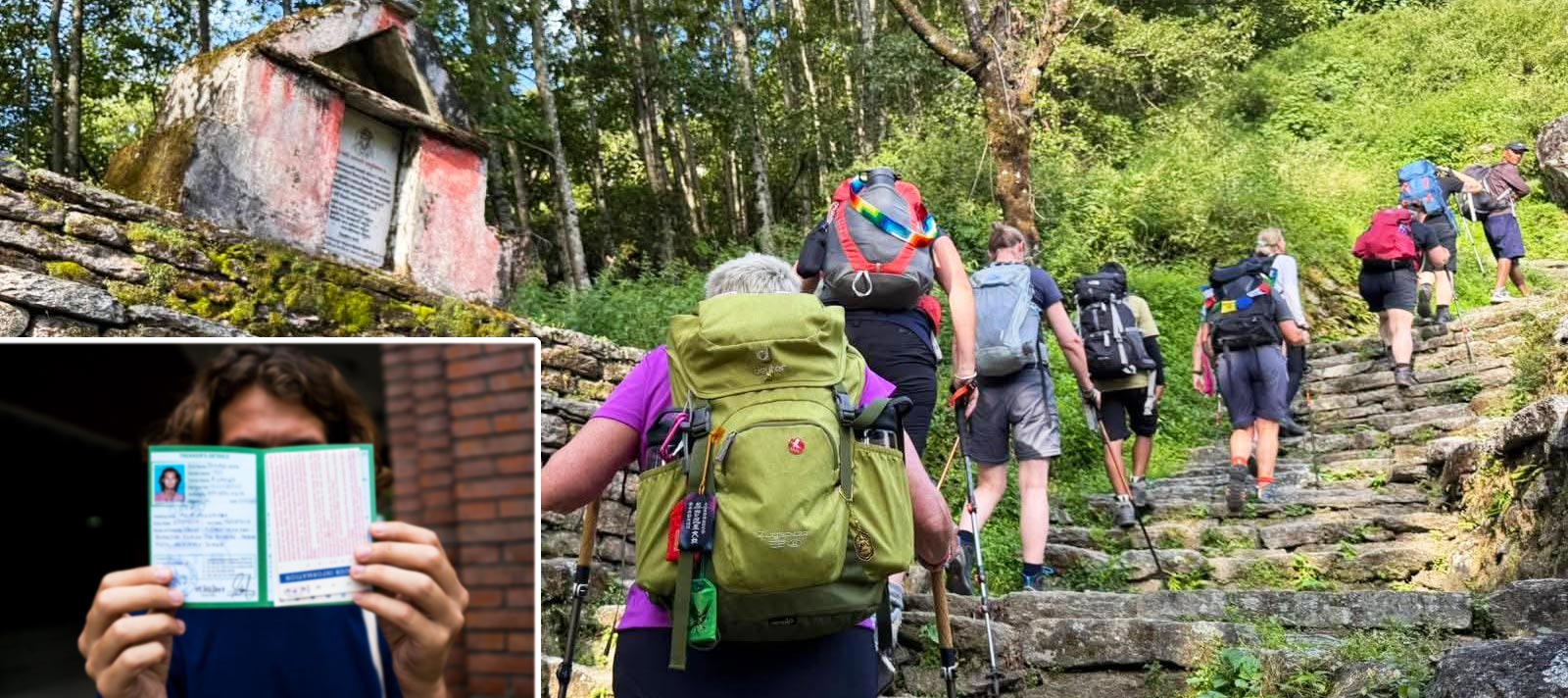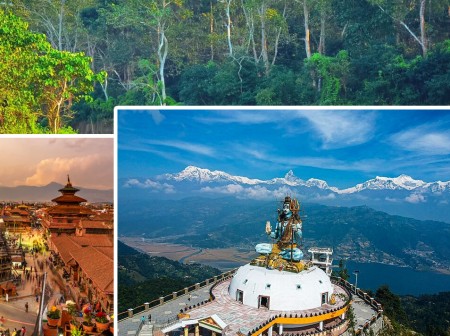
Guide to Trekking Permits and Entry Fees in Nepal
- soleencounters
Trekking permits and entry fees are essential prerequisites for trekking in Nepal. Whether you're heading to Everest, Annapurna, or remote regions like Upper Mustang, understanding permit costs, regulations, and timely updates ensures a smooth adventure. In this guide, Sole Encounters Trekking shares authoritative, Nepal-based insights on everything from TIMS cards to region-specific permits. Read on to plan your trek with confidence and clarity.
Table of Contents
What Are Trekking Permits and Entry Fees?
Trekking permits are official documents issued by the Government of Nepal that authorize hikers to enter and travel through designated trekking regions. Entry fees may include national park permits, conservation area fees, and other regulated access charges. They help maintain trail systems, support local communities, and preserve natural heritage.
H2: Types of Permits and Fees You Need to Know
H3: TIMS Card (Trekkers’ Information Management System)
The TIMS card is mandatory for most popular trekking regions like Everest, Annapurna, Langtang, and Manaslu. It comes in two forms:
-
Individual TIMS: Approx. USD 10
-
Group TIMS: Approx. USD 20 per group
(TIMS fees may vary slightly depending on trekking agency and updates.)
H3: National Park and Conservation Area Permits
Depending on your trekking region, you’ll need to secure the following:
-
Sagarmatha National Park Permit (Everest): ~USD 30
-
Annapurna Conservation Area Permit (ACAP): ~USD 30
-
Manaslu Conservation Area Permit (MCAP): ~USD 70
-
Langtang National Park Permit: ~USD 25
-
Rara National Park Permit: ~USD 20
(Local permits such as Upper Mustang’s restricted permit (~USD 500 for Inner Mustang, plus region fee) apply as well.)
H3: Special Permits in Restricted Regions
Certain regions require additional special or restricted permits:
-
Upper Mustang Permit: USD 500 (inner zone) plus conservation fees
-
Upper Dolpo Permit: USD 500
-
Kanchenjunga Restricted Area Permit: USD 50–75
These areas enforce tourism limitations to preserve fragile ecosystems and local heritage.
H2: Best Time to Trek and Permit Seasonality
Permit offices operate seasonally in most trekking hubs:
-
Peak Trekking Seasons: Spring (March–May) and Autumn (September–November)
Permit issuance offices are fully open at major hubs like Kathmandu, Pokhara, and Jiri. -
Off‑Season Trekking (Winter): Some conservation areas may have reduced hours—advance confirmation is recommended.
-
Monsoon Season (June–August): Trails may be open, but permit offices or local entry checkpoints could have limited service.
H2: Step‑by‑Step Process for Permits and Entry Fees
-
Plan Your Route and Region: Determine which trekking region you’ll visit (Everest, Annapurna, Manaslu, etc.).
-
Contact Sole Encounters Trekking Experts: We guide you on which permits you’ll need and help secure them. Visit our talk to expert page for personalized advice.
-
Submit Required Documents: Passport copy, passport‑size photo, trek itinerary, trekking agency information.
-
Pay Permit Fees: Payments can be made in USD or NPR, through trekking agencies or at designated offices in Kathmandu or regional bases.
-
Receive Official Prints: Permit documents will be issued and must be carried during your trek—these are regularly checked at checkpoints.
H2: Local Insights & Practical Tips
-
Carry Exact Cash: Some regional offices may not accept cards—keep USD or NPR in smaller denominations.
-
Book Through Local Agencies: At ports like Jomsom, Jiri, or Besisahar, local agents can arrange permits same-day—but in peak season, it’s safer to pre‑arrange in Kathmandu.
-
Budgeting: Permits for popular treks like Annapurna and Everest cost approximately USD 40–60 total, while Upper Mustang or Upper Dolpo can exceed USD 500.
-
Group vs Individual: Group TIMS is cheaper, so joining a small group through Sole Encounters Trekking can yield cost savings.
-
ID Checks Frequently: Forest and park rangers typically check permits every few days—keep your physical copies safe and visible.
H2: Permit Variations by Region (Quick Reference)
| Region | TIMS Card | Park / Conservation Permit | Restricted Area Fee |
|---|---|---|---|
| Annapurna (Poon Hill) | ~USD 10 | ACAP (~USD 30) | None |
| Everest (Everest Base Camp) | ~USD 10 | Sagarmatha NP (~USD 30) | None |
| Manaslu Circuit | ~USD 10 | MCAP (~USD 70) | None |
| Upper Mustang | ~USD 10 | ACAP (~USD 30) | Restricted – USD 500 |
| Upper Dolpo | ~USD 10 | MCAP (~USD 70) | Restricted – USD 500 |
| Langtang Valley | ~USD 10 | Langtang NP (~USD 25) | None |
H2: Related Destinations & Further Reading
For more information on specific regions and trekking itineraries, check:
-
Nepal destination overview: Visit our Destination: Nepal page
-
Region-specific trips: Explore Annapurna treks, Everest Base Camp, Manaslu Circuit, Upper Dolpo and Mustang routes via our site’s trip sections
-
Contact us for custom itineraries or additions: Use our Contact Us page to ask questions or plan a bespoke trek.
Conclusion
Understanding trekking permits and entry fees is essential to a hassle‑free adventure in Nepal. From choosing the right permits for your route to budgeting and securing them in advance, these steps ensure compliance and preserve the regions you explore. At Sole Encounters Trekking, our local expertise ensures you get accurate information, seamless permit processing, and insider tips for every trek—whether in the Annapurna region, Everest, Upper Mustang, or beyond. Ready to trek in Nepal? Reach out via our talk to expert page and let’s get your adventure started.
By following this guide, you’re well equipped to navigate permit requirements confidently—and enjoy Nepal’s majestic trails with peace of mind.
Recent Posts
.jpg)
3rd Jul, 2025
.jpg)
4th Jul, 2025
.jpg)
4th Jul, 2025
.jpg)
7th Jul, 2025
.jpg)
8th Jul, 2025
.jpg)
8th Jul, 2025
.jpg)
8th Jul, 2025

10th Jul, 2025








